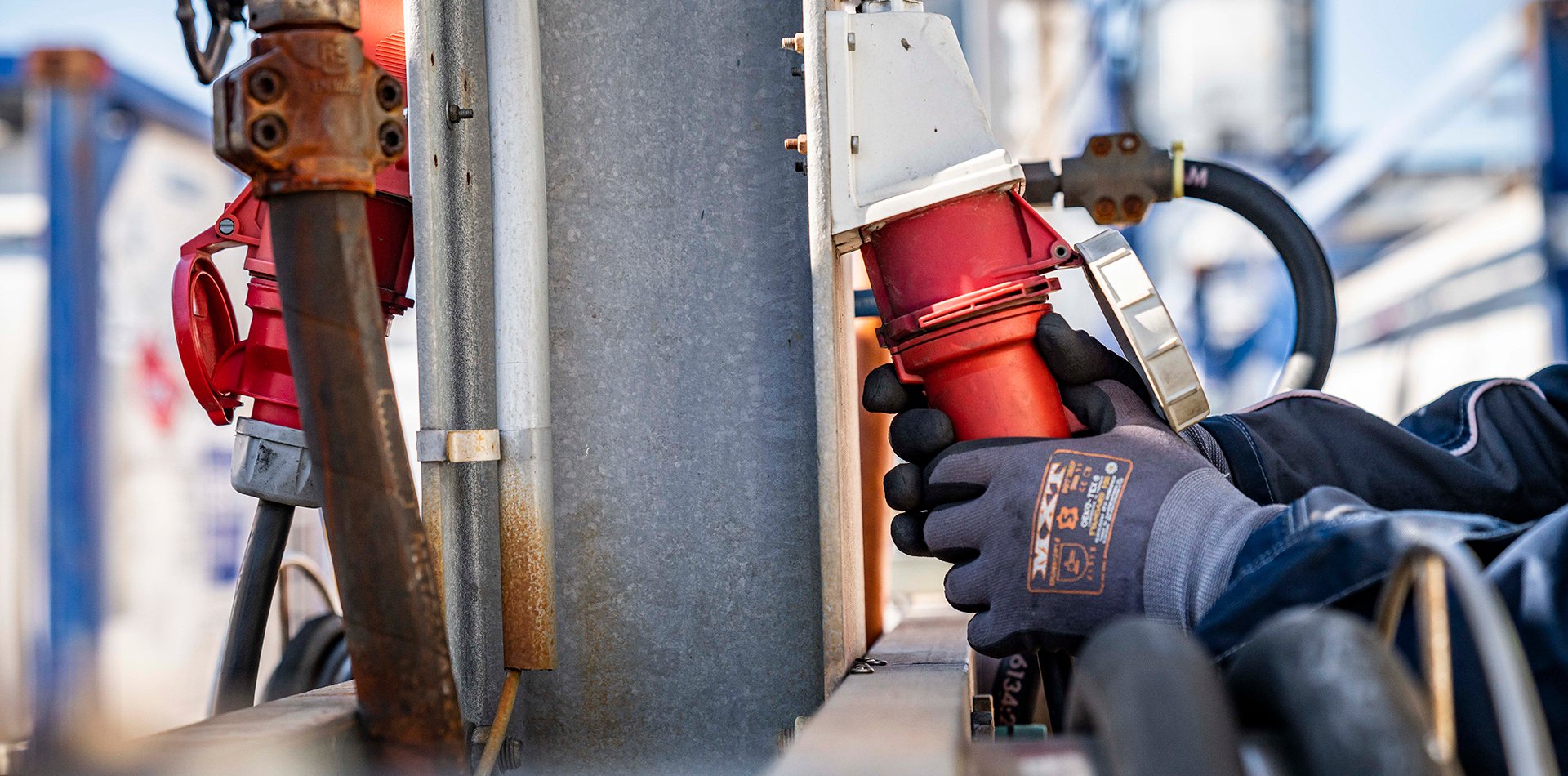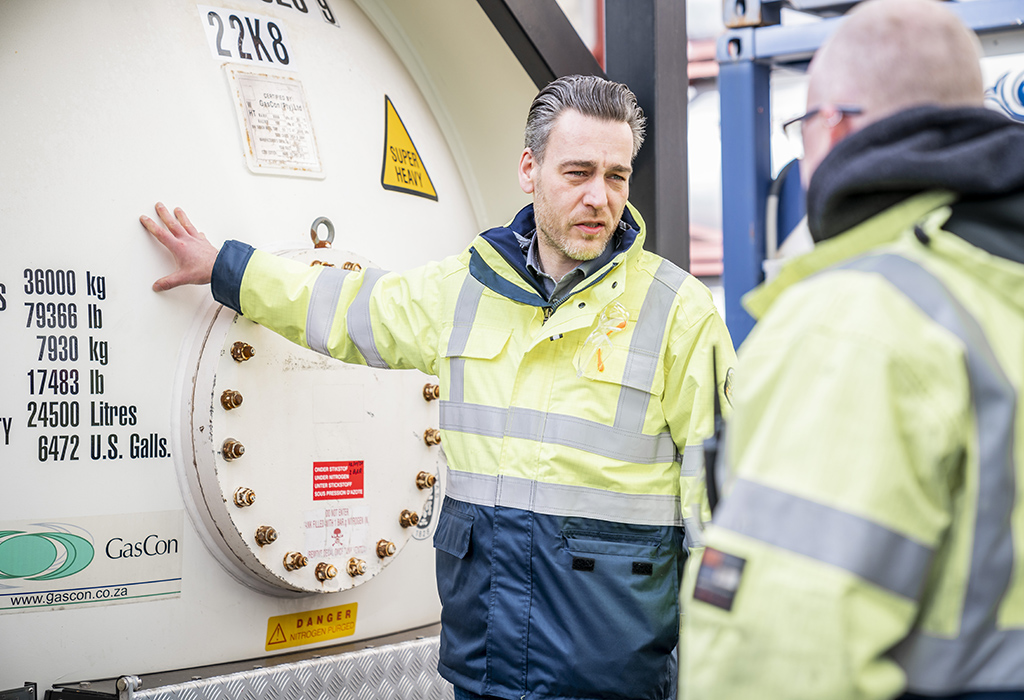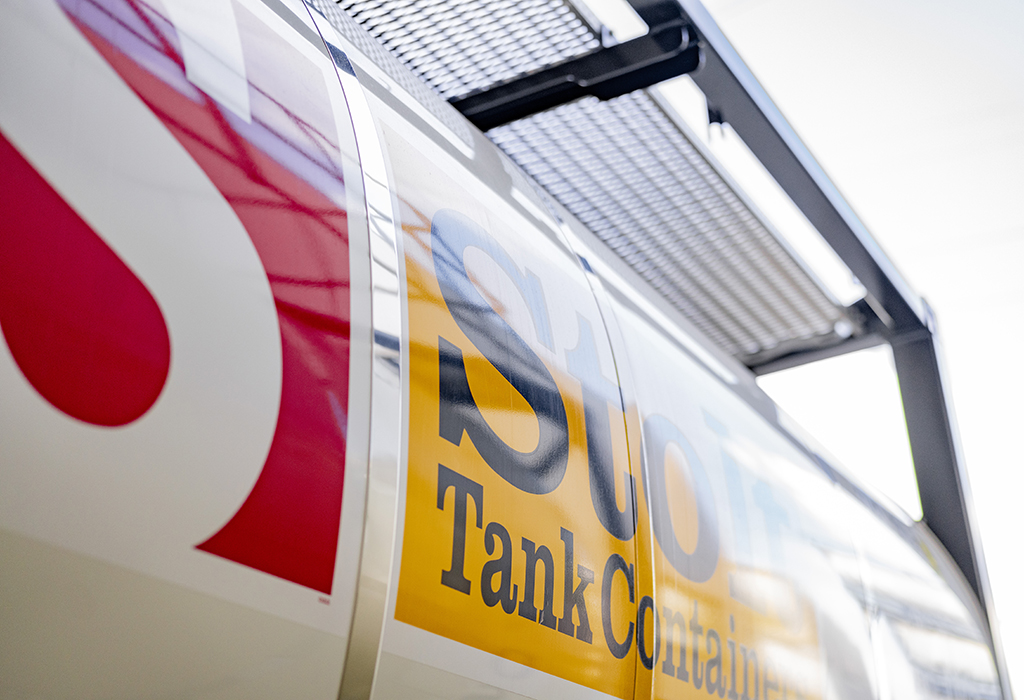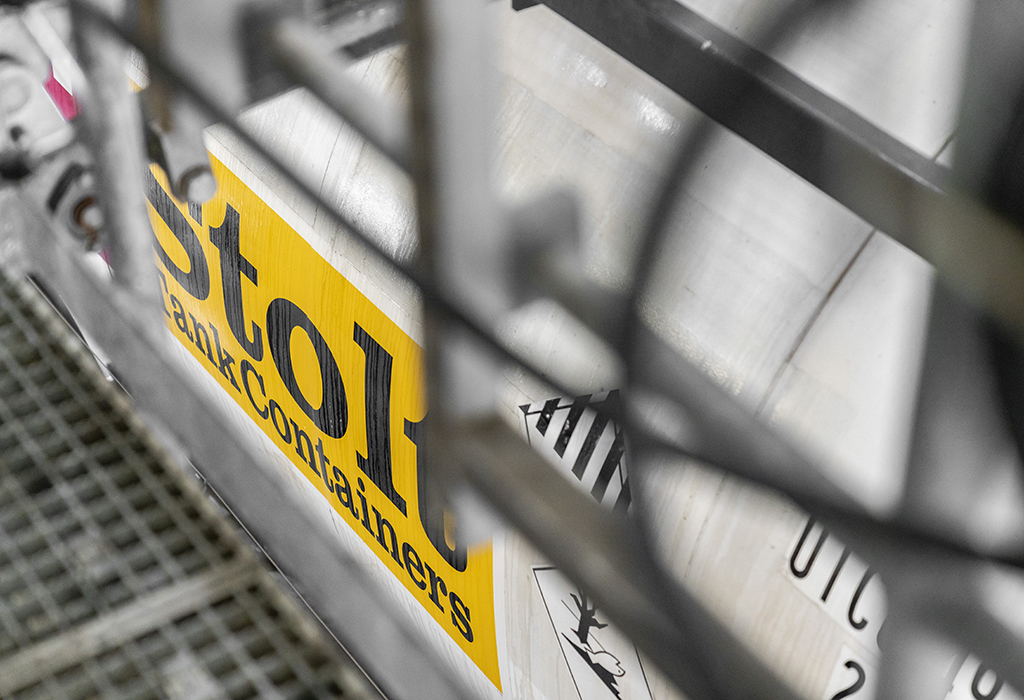Posted on 27 June 2022
How we heat our tank containers so products are sufficiently fluid for unloading, and to prevent solidification during transport.
Because some products transported in tank containers become thicker, or even solidify, at lower temperatures, it may be necessary to heat them prior to unloading, or for the entire duration of their journey.
This heating process needs to be conducted very carefully, both to ensure product quality is not compromised, and to prevent release of dangerous gasses. Stolt Tank Containers’ operators therefore take great care to identify and safely execute the most appropriate heating method each time.
The right heating method
There are three different methods for heating tank containers. Steam, hot water and electricity. We decide which to use in each case upon customers’ request.
Steam (prior to unloading): High temperature steam is circulated (and re-circulated) through tubes lining the tank’s barrel. This is the most energy-efficient heating method.
Hot water (prior to unloading): A slower, but better choice for products which are sensitive to high contact temperatures.
Electricity (during transport): Tanks equipped with an electric heating system are used to transport products which must be maintained at specific temperatures throughout their journey.
Safe from start to finish
Before heating gets underway, our depot operators cross-check every detail against the provided instructions. From the tank number and product name to the seal tags. The stated requirements for temperature range, heating method, pressure and collection date are also double-checked.
After confirming the tank container’s temperature gauge is working correctly and setting up a secondary means of monitoring temperature – a probe could be inserted into the cargo through the airline valve – heating gets underway under our operator’s watchful eye.
Each heating method includes an auto temperature control system which prevents the cargo from becoming over-heated at any point. The cargo’s temperature throughout the process / journey is recorded and provided to the customer. The temperature when the tank container is released by the depot is stated on its delivery note.
Going the extra mile
To complement the tank heating services described above, Stolt Tank Container depots also provide the ability to lab-test cargo samples, transfer product from one tank to another, store laden tanks, carry out urgent non-hot-work repairs to tanks, and manage stock inventories and systems.
This heating process needs to be conducted very carefully, both to ensure product quality is not compromised, and to prevent release of dangerous gasses. Stolt Tank Containers’ operators therefore take great care to identify and safely execute the most appropriate heating method each time.
The right heating method
There are three different methods for heating tank containers. Steam, hot water and electricity. We decide which to use in each case upon customers’ request.Steam (prior to unloading): High temperature steam is circulated (and re-circulated) through tubes lining the tank’s barrel. This is the most energy-efficient heating method.
Hot water (prior to unloading): A slower, but better choice for products which are sensitive to high contact temperatures.
Electricity (during transport): Tanks equipped with an electric heating system are used to transport products which must be maintained at specific temperatures throughout their journey.
Safe from start to finish
Before heating gets underway, our depot operators cross-check every detail against the provided instructions. From the tank number and product name to the seal tags. The stated requirements for temperature range, heating method, pressure and collection date are also double-checked.After confirming the tank container’s temperature gauge is working correctly and setting up a secondary means of monitoring temperature – a probe could be inserted into the cargo through the airline valve – heating gets underway under our operator’s watchful eye.
Each heating method includes an auto temperature control system which prevents the cargo from becoming over-heated at any point. The cargo’s temperature throughout the process / journey is recorded and provided to the customer. The temperature when the tank container is released by the depot is stated on its delivery note.






